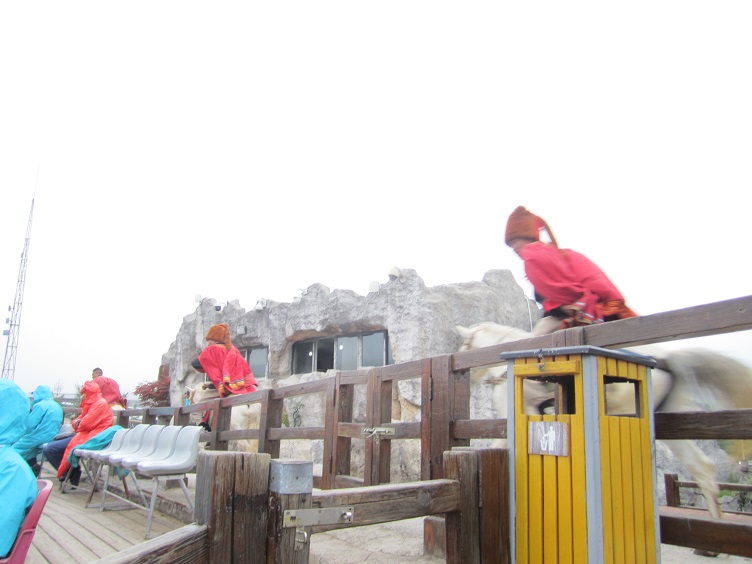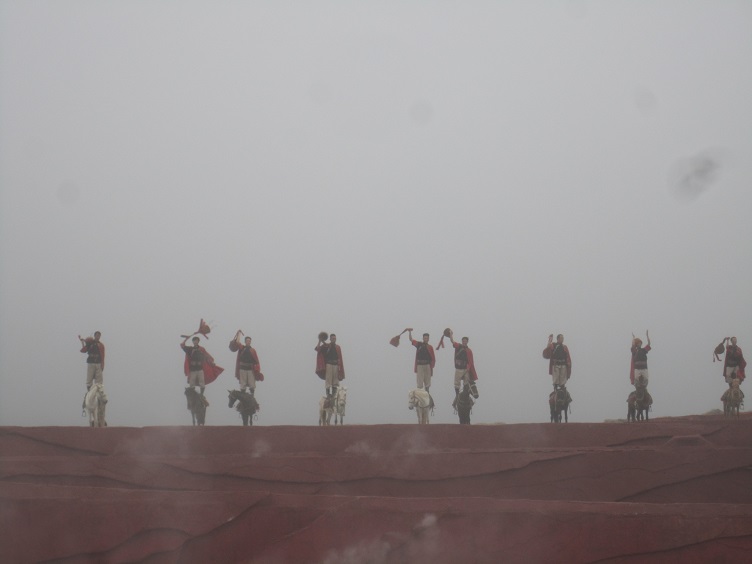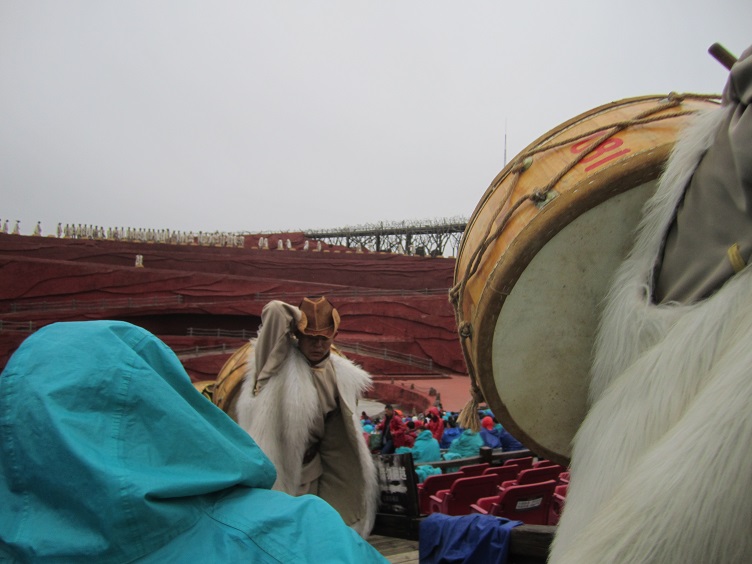On Monday I wrote a post in which I mentioned an observation a person made about how having their state arts council organized under their state’s business development division made it difficult to disentangle the economic impact numbers of creative activities in advocacy efforts.
Artsjournal.com featured an article from Prospect Magazine (UK) that runs along similar lines, positing that an emphasis on the economic benefit of creative industries runs counter to artist’s best interests by valuing marketability over creative risk taking.
Whereas before artists and cultural practitioners could engage in art for art’s sake, now they are judged, ranked and scored on how much private investment they can secure. So film students are taught how to budget at the expense of how to create a mise-en-scène. Sculptors learn about the cost efficiency of materials rather than the work of da Vinci. Children do art classes because they are seen as investments in their future career rather than simply nurturing their well-being.
The article’s author, Oli Mould, also mentions the re-classification of creative industries to encompass a greater scope of activities in order to bolster economic output numbers.
For example, the “software” subsector—which consisted mainly of accountancy and administration staff—was augmented in 2005 which added £4.7bn to the creative industries’ overall contribution overnight.
Mould points out that despite all this economic impact artists and cultural practitioners apparently bring to the table, it hasn’t improved the collective bargaining power of these people. They are still being paid low wages or being asked to donate their goods and services for exposure.
(Slight aside: It will probably come as no surprise to many that a couple weeks ago someone at a meeting I attended mentioned a company which had recently completed a multi-million dollar wing to their corporate HQ was asking artists to donate art for their walls. )
A few weeks ago I listened to an interview Erik Gensler at Capacity Interactive conducted with Diane Ragsdale. Gensler made repeated reference to the negative impacts of neo-liberalism and capitalism on the arts. At the time, I thought he was strangely fixated on neo-liberalism.
It took me a couple of weeks to recognize bringing up the term wasn’t that strange at all. I often take issue in my posts with the utilitarian view of arts and culture as a solution to problems. That utilitarian view is a by-product of neo-liberalism. Mould links to an article on neo-liberalism and the arts as applied to the UK in the Prospect piece.






Thanks for what you are doing to bring cultural change to the arts. It is so important to represent everyone.…